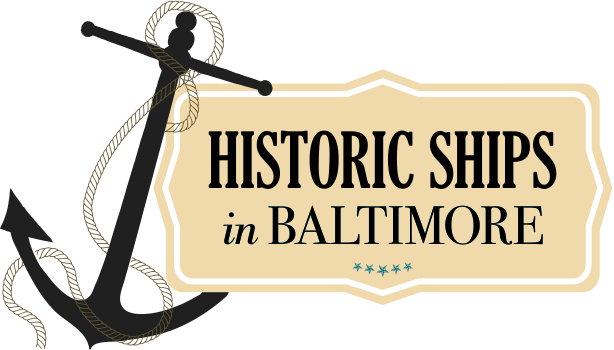Maryland Maritime Legacy
Living Classrooms Foundation and Historic Ships in Baltimore are proud to present these video resources for educators under fair-use guidelines. We hope you'll find these resources helpful supplement your or your students' knowledge of Maryland's maritime heritage. Each video features an insightful look at a different aspect Maryland's maritime legacy through some of our local heritage assets.
Living Classrooms' Video Resources
Maryland's Maritime Legacy
Black Maritime Legacy
Maryland has a rich heritage of African American participation in its thriving maritime industries. Thousands of free black citizens worked in Maryland's maritime economy before the Civil War, and 2,300 Black Marylanders enlisted in the United States Navy during that war. Still thousands more working as watermen or tradesmen in Maryland's many wharfs and dockyards.
Frederick Douglass & Issac Myers
Both men began their careers as caulkers in Baltimore's thriving maritime industry. Douglass went on to be one of America's most celebrated orators and abolitionists. Issac Myers went on to cofound the Chesapeake Marine Railway & Dry Dock Company with 14 other African American entrepreneurs.
Mildred Belle and Buy Boat History
Buy boats served as "middle men" between the workboats on the Chesapeake Bay and markets ashore. These vessels were designed to transport watermens' catches from the fisheries to industrial piers in major ports such as Baltimore.
Sigsbee and Skipjack History
The Skipjack is probably the most celebrated of the Chesapeake Bay's traditional workboats. Used primarily for oyster dredging and fishing, these hearty vessels were cost effective and durable. In 1865, Maryland lawmakers enacted a law that only vessels under sail may dredge oysters. Even today, engine-powered workboats may not dredge for oysters; however, they may use hand tongs, hydraulic patent-tongs, or oyster divers.
Lady Maryland and Pungy Schooner History
Pungy Schooners were stout vessels used to haul freight up and down the Chesapeake. These ships were similar in design to the famous Baltimore Clippers, and were also capable of ocean travel. They often made runs to Bermuda to transport pineapple and banana crops to market.
Marine Railways and Traditional Caulking
These shore facilities were an integral component in completing the transport of goods and commodities from ship to shore. Vessels needed routine maintenance which could often only be performed out of water and required the expertise of skilled tradesmen. The waning of wooden ship has made these skills somewhat of a lost art.
